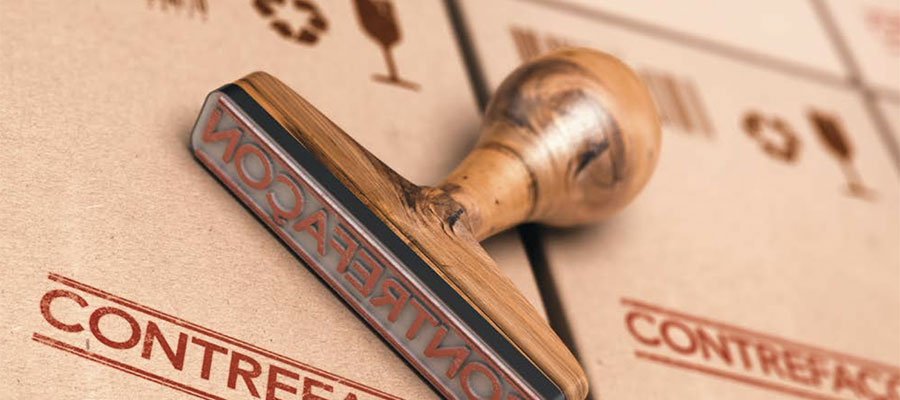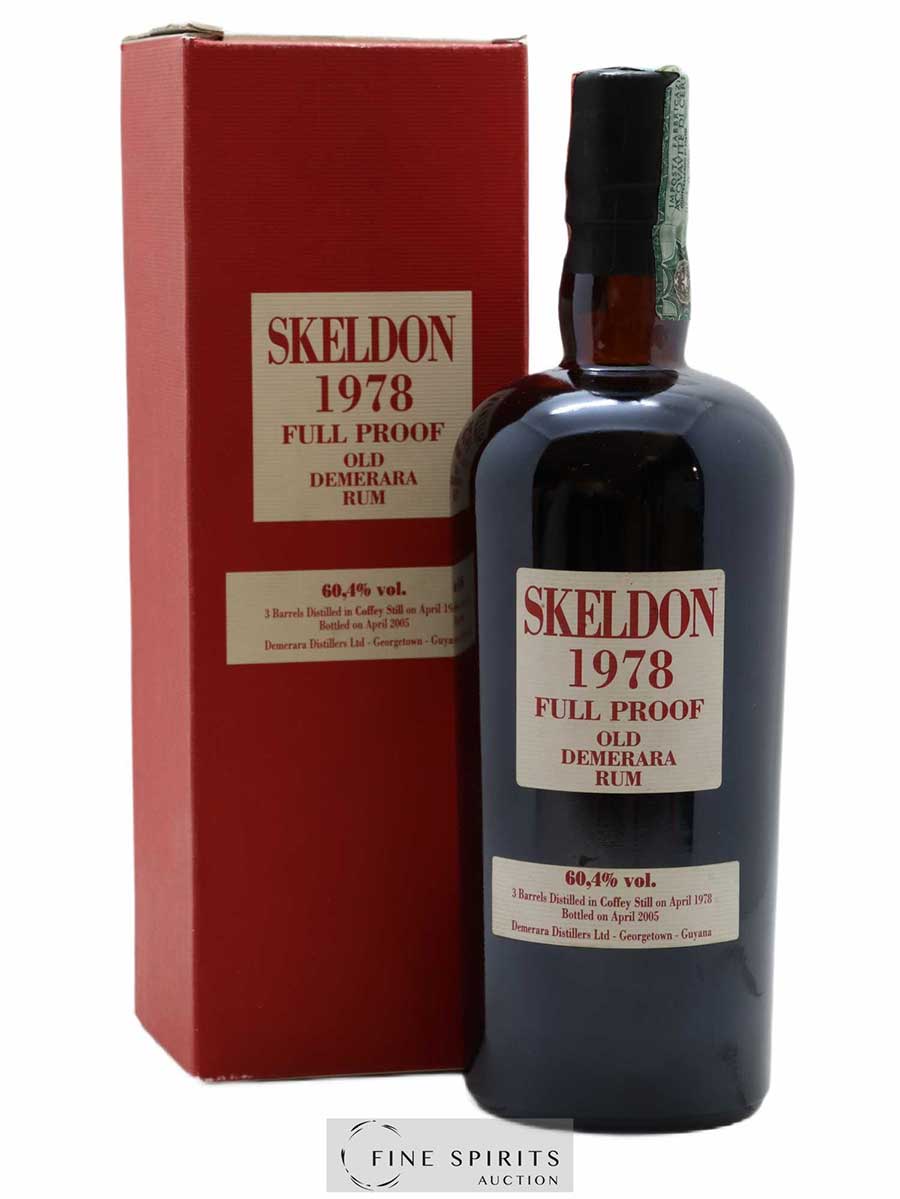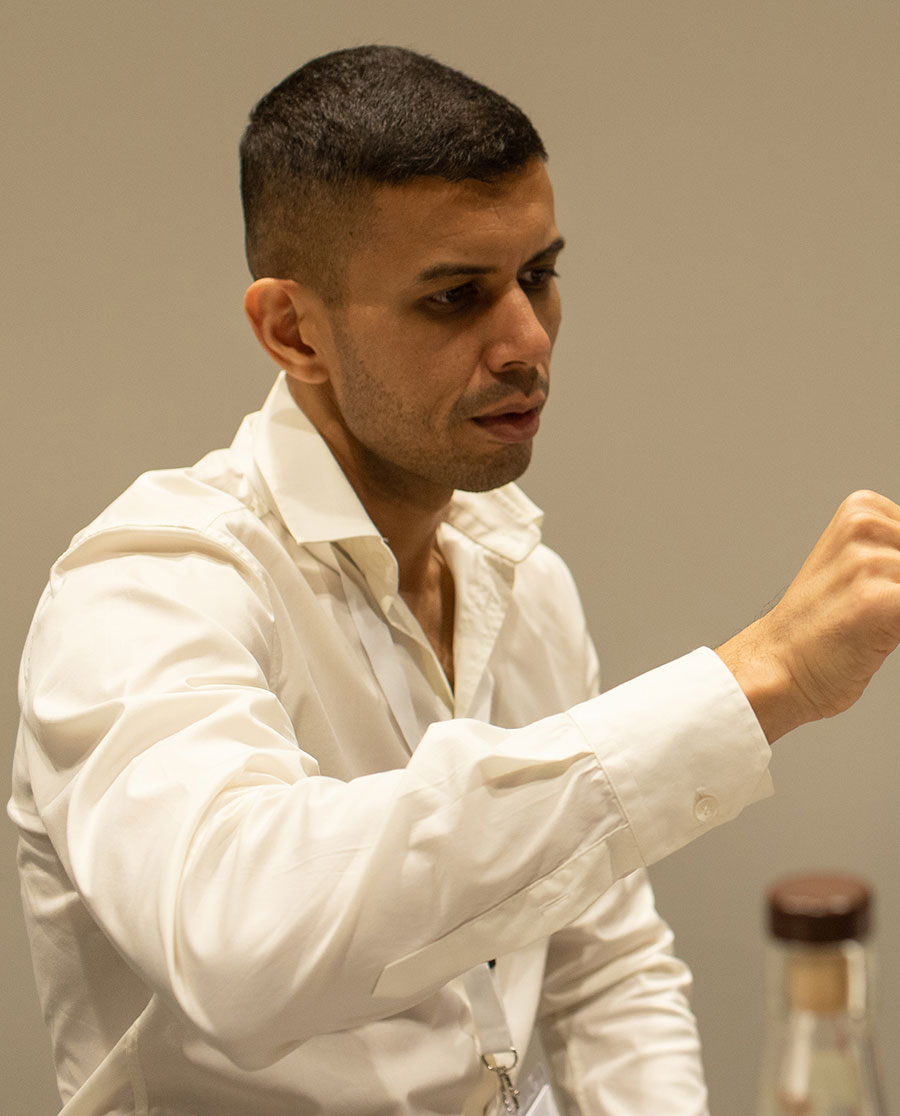Kristyna Tumpachova of Spirit Radar, and Federico Ahmed Garcia of Rum Trades, give us some tips on how to avoid (as much as possible) getting stuck with fake bottles.


For example, counterfeit bottles usually have an oddly twisted or damaged neck or finish. Another tip: always look at the sellers’ ratings. There are several types of bottles that can be counterfeit.
In general, we can say that we come across fake bottles on eBay and unverified websites rather than online shops and verified auctions. The SpiritRadar team verifies many e-shops, and some of them have earned the ‘Verified Shop’ badge.

Federico Ahmed Garcia : It’s difficult to give a guideline, also because in my opinion it doesn’t exist, but if I had to give an advice, I would say first of all to start with the price: when it’s too good, don’t get carried away by the desire to close the deal immediately, but go deeper. I know people who have discovered that they have bought a fake only after years!
There are many types of fakes, but most of the time they are “filled bottles”. There are people who sell empty bottles and these are bought by others with the intention of filling them with cheap liquid, resealing them with a fake cap and reintroducing them to the market. This type of fake is very difficult to spot, because apart from the liquid and the capsule, the rest is genuine. In this case, you should also look out for possible liquid stains on the label, but unfortunately these are not always present or easily visible.
Tax strips, especially for Italian bottles, can be useful: they are like number plates and have a precise meaning, but you have to know how to read them.
The presence of the box, especially for older Velier bottles, which are now extremely sought after, is not necessarily an indicator. As these bottles remained unsold until around 2010 on the shelves of bars, wine shops and restaurants, many boxes were thrown away to save space. Today it would be crazy, but back then rum was not yet considered an investment and very few people would have expected the quotations we see today.
I will conclude by saying that we are not yet at the level of fake products in the whisky world, where there are, as for works of art, real “perfect fakes” often unrecognizable even to the distilleries themselves, but common sense must prevail: better to spend a little more and buy in safe places, rather than relying on DIY and risking throwing your money away.


